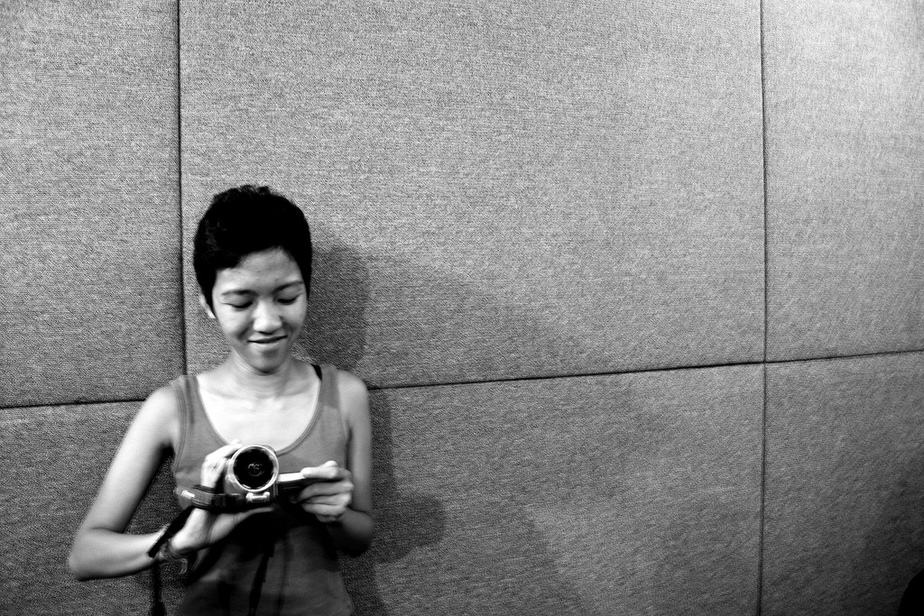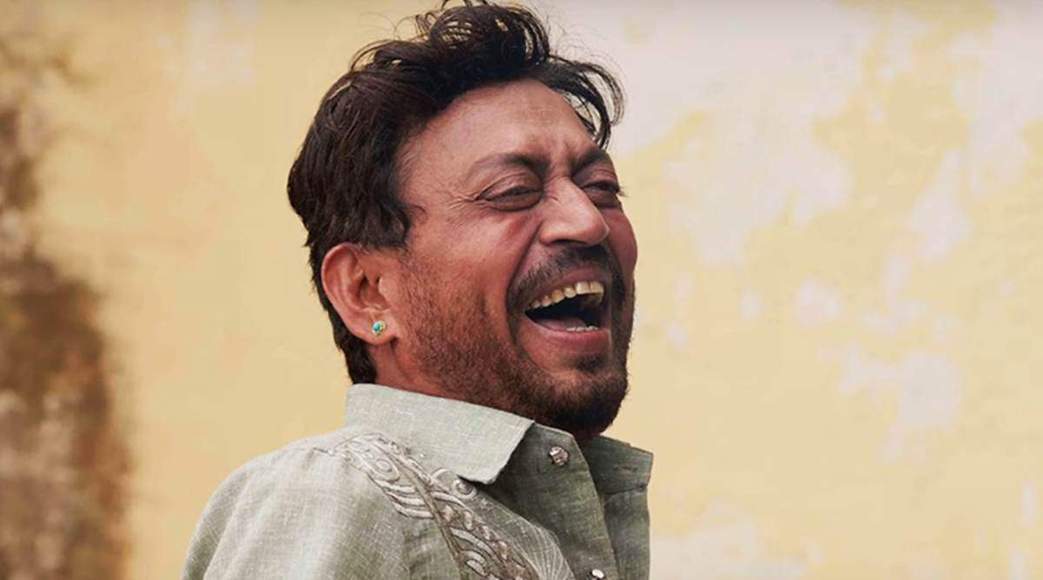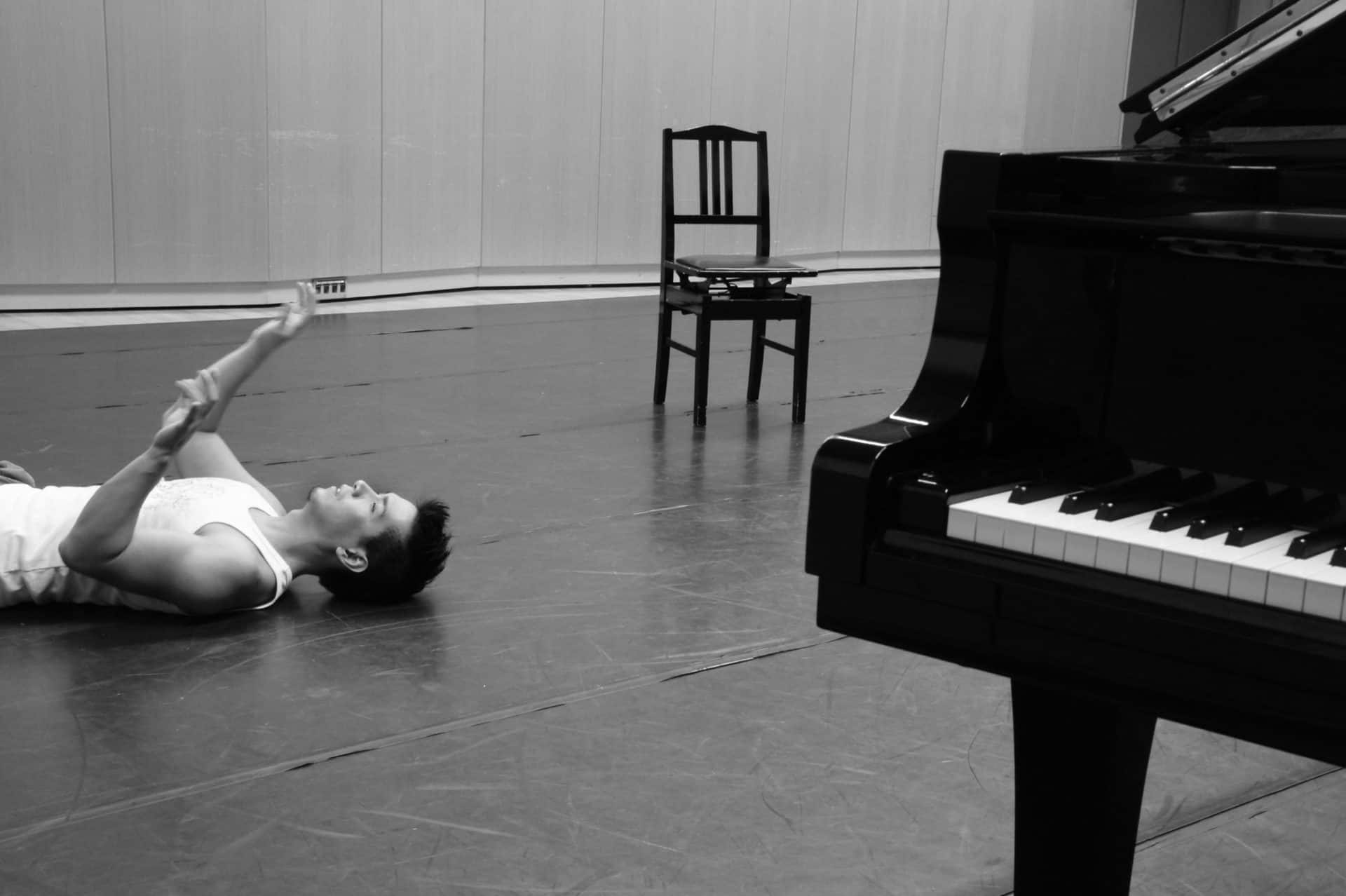Kristine Kintana is a production manager, at least when she is not acting, designing costumes, subtitling or doing anything in fact, for the films of Lav Diaz and Khavn for the most part. Occasionally she also programs for festivals like Cinemanila and QCinema.
On the occasion of our #TheKhavnProject, we speak with her about her life, career, programming, working in movies, the way the industry works in the Philippines, the festival reality after the pandemic, and of course, Khavn.
Can you give us some info on your background on cinema (studies, how you started working as production manager etc)?
My first course was computer science in the University of the Philippines in Los Baños, and then I was kicked out. I had to move back to Manila, and start again from scratch. I ended up studying Mass Communications in Far Eastern University. It took me eight years in total to finish college.
My first ‘job' in the film industry was as t-shirt supplier for Cinemanila in 2006. My friend was a volunteer at the fest, and she recommended me, probably because my school was near the Cinemanila office and my boyfriend that time used to make t-shirts. I don't remember a lot about the designs but one of them said Cinemahaba (Long Cinema), which Direk Tikoy gave to Lav Diaz who was premiering Heremias. As the festival drew closer, and some of the staff were quitting, Direk Tikoy ended up giving me more festival related assignments, like getting the mini dvs of Raya Martin's Munting Pelicula ng Isang Indio Nacional, touring Philip Cheah and Aruna Vasudev, and making sure that the mini dv of Squatterpunk gets to the projectionist of SM Mall of Asia from SM North Edsa in time for the screening.
I was a senior in college then. Cinemanila was November, and by January of 2007, indieSine, a new theater managed by the newly-formed Independent Filmmaker's Cooperative, was launched. It was inside one of the hip malls, and it solely programmed Filipino independent films. That time, there could be nine Spidermans, and one Cris Pablo film. So the Cinemanila 2006 volunteers were called to be the assistants in that theater. There were three of us. But the other two quit because we were not getting paid. I was okay because I was still in college so I had allowance and I didn't have to think too much about money. Plus, I was just finishing our group thesis so I didn't even have to attend class anymore.
IndieSine was the only theater that was showing independent films. It was the only theater in the country that had digital projection. And it was inside a mall, so it was legit. We were showing a new indie film per week. I got to meet a lot of filmmakers during that time.
My first production manager work was that April, for a short film called Dalaga. It was about a girl who felt guilty for having a one night stand. There were lots of cool graphics crawling on the walls on her long walk to tell her boyfriend about it. The filmmaker who did it is now part of Weta.
By September 2007, I was already working as Khavn's production manager for one of his day old flicks, Manila in the Fangs of Darkness.

You have been working in the film industry since 2005. Which were the most significant changes you have witnessed in Filipino cinema and which in the field of producing?
2005 was a fluke because I just crashed a shooting of Khavn's “The Family That Eats Soil”, because my friend said that there's food there, and I haven't eaten all day. So I snuck in, and they dressed me up as the fortuneteller for one sequence. First time ever, and I was able to eat. Menudo.
There are a lot of significant changes from when I started-
One, the number of local film festivals which gave small ‘grants' to indie filmmakers. When I really started in 2006, it was just Cinemalaya and Cinema One who were giving the ‘grants' and showcasing them in their indie film festivals. And those films were automatic content for their respective TV stations. That ‘grant' to festival to bulk content became the norm, so over the years, there was a significant increase in ‘grant giving bodies' and film festivals. In 2006, there was less than 50 Filipino films produced in total, 15 of which came from Cinemalaya and Cinema One. In 2019, there were more than 130 films produced, more than 40 of which were from 6 ‘grant giving' festivals.
These were small ‘grants' with a very tight schedule, and it dictated how the majority of the Filipino films were being produced. But at least, it's fairly independent, and you don't have to think of box office returns, and you're free to do the story that you want to do. It does not have to be the rom-coms that was what was coming out of the major studios. Suddenly, there were diverse stories being told. For most independent filmmakers, that was how you can do your first film.
It became a very lively film scene, with meager budgets, tight timelines, and exciting stories. For more than 15 years now, that's how the majority of the independent film industry operates.
There were also a lot of boutique production houses that opened, which gave additional funds to the films submitted in ‘grant' film festivals. So now that there is other ‘corporate' money involved, there was pressure for the ‘festival film' to earn in the box office to recoup the money that was invested. But at least now, they can sell their films to different streaming platforms so there's probably less pressure to do well in box office, and the focus reverts back to a strong story.
Another important change was that digital cameras was expanding its range. So even the filmmakers in the provinces were shooting their own films. Its not a Manila-centric film scene anymore. Stories were coming from all over the archipelago, in their own languages and landscapes, and thankfully, international festival programmers recognized it, so what was showing was not just poverty porn, but wider, more diverse stories from the Philippines.
And of course, everything becoming all-digital now. It democratized everything. When I first started out, there was just one theater, but now, there are cinematheques, micro cinemas, and film clubs too. So the films became more accessible to everyone.
Can you give us some details about your work in festivals like Cinemanila and Qcinema? How does the film selection procedure works in these festivals?
Cinemanila did not have grants, so finished films were selected to be part of the Digital Lokal competition.
QCinema gives grants. The festival happens in October, and it showcases that films that were awarded grants in March. We have a call for scripts in November, and then we form a selection committee to read the scripts, and by March, we invite around 20 to pitch. We used to get 150 scripts per year, and we gave grants to six projects, but we are slowly trying to veer away from the film festival mode of production, so now, we're just giving grants to three projects. Its blind, double round robin selection, and each project gets to be read by two selection members in a blind reading, so we don't actually know who wrote the scripts, but we also read all the scripts of the projects that we invite to pitch. I think that's as fair as we can get in terms of selection.
Apart from production, you also act sometimes. Can you give us some details about these experiences?
I started with Lav and Khavn who are both as independent as you can get. So they're not tied to the rules of festivals and the schedules of actors. They shoot when they want to. And they shoot with the people that are with them. Sometimes, its just a one van team, so its automatic that we're not just part of the crew but we are the actors too.
In Lav's films, which is super narrative, I'm usually cast as the maid or someone dying of tuberculosis, because I'm so thin. In Khavn's films, which are very experimental, I get to be more punk.

Can you give us some details about your work with Lav Diaz?
I started working with Lav as his production manager in 2008 for Melancholia. It was a one van team, actors included, and so we all became very close, and I worked with him ever since. I was PM, translator, subtitles, sometimes boom operator, actor, one time caterer, international festival coordinator.
Lav is very funny. He laughs a lot, he jokes a lot. His films have a dry humor that is just so endearing.
And he's a very exciting artist. One of my favorite films of his was Florentina Hubaldo, CTE, which was the completion of another film of his called Agonistes. Lav does not finish a film for the sake of completion. He revises and revises until he's satisfied with it. Woman of the Wind became the film that Homer the filmmaker was editing in Century of Birthing.
And he takes care of us. He champions us so we can also go to foreign film festivals. He writes letters of indignation when a staff member's visa is rejected. He doesn't get angry when I come to set drunk, even though I was carrying the entire budget for the shoot. He cooks us fish even though he's vegan. He writes blurbs, and book notes, and letters of recommendation. Gives songs and scripts. He lets us sleep in his condo, he checks up on us and our family, he buys us coffee. We're family.
How did your cooperation with Khavn start?
Khavn was one of the Board of Directors of Independent Filmmaker's Cooperative, which managed indieSine. His girlfriend that time, Chits, was the Vice President, and so she's one of the two people I report to. I had to go to her place in Kamias a lot, and that's where I met Khavn. And then I hung out with Khavn more. In his gigs and poetry nights in Mag:net, Katipunan and in screenings in the Mogwai cinematheque. So, when he was going to shoot Manila in the Fangs of Darkness, he called me up, and we've been working eversince.
How would you describe Khavn's cinematic style?
Khavn is punk and poetry.
Lav Diaz and Khavn's cinematic style seems radically different. What are their main differences as filmmakers, and are there any similarities? Is it difficult working with so different filmmakers?
They write their own scripts, poems, and songs. They are both very original artists who have strong point of views.
Khavn's films are more colorful than the rainbow, and Lav's films are black and white.
And then there's the shooting style. Khavn likes to work fast. Before, we did a lot of Day Old Flicks. One shooting day for one feature film. Now, its seven to nine days. And Khavn works with a team. Most of the time, it's Albert, Lawrence, and me. Before saying ‘cut' in a sequence, he asks- Albert, are we okay? Lawrence, are we okay? So everyone gets a say.
Khavn has meticulous scripts, which he revises and revises until it's perfect for shooting. After five or more ringbound revised scripts, that's the only time that we're good to shoot.
We shoot very fast, so we have long pre-prods to discuss the pegs, the technicals, the art, and the logistics, while the actors have rehearsals for days. So when we finally shoot the film in four shooting days, everything is precise and perfect.
While Lav works long. Two weeks in one location, then another two weeks in another location.
Lav shoots and edits his own works. After he cuts, he asks the actors if they're okay with the scene, or if the actors want to do another take.
Lav gets inspired by the location. So he'll have an outline of the story, and then we go to a province, and then he just hangs out with the people there, and listen to their stories, which he incorporates into his scripts.
His scripts are never finished. Flying papers are being given every morning to the actors to read. When we shot in provinces, the AD would hand out the script to be shot that day, then the staff would be busy coming up with the requirements while the actors would be busy memorizing their lines, and then we shoot probably late morning to early evening, then we'd go back to our sleeping quarters, Lav would be reviewing the day's footage, and then write the script for the next day, and so on.
They belong in the same band, they are good friends and contemporaries. I'm very lucky to be trained to do filmmaking in their extremely different ways.

How would you describe Khavn as a person?
He's very generous. Most of my tshirts and bags are from him. Every time he goes to a film fest abroad, he brings us goodies. He used to have a van, and he would drive to each friend's house and would pick us all up and we would all go to the bar.
And he gives us books and movies and music. Most of what I know about cinema, music, literature, I learned from Khavn.
What is your opinion of the Filipino film industry at the moment? What impact do you feel the virus will have on the industry?
Its a lively industry. There are different genres of films being made. Before the virus, there were a lot of projects shooting, both big and small. But at least for this year, all the ‘grant giving' film festivals have already cancelled, so that's already more than 30 feature films that are not going to get made. Just imagine how many jobs got cancelled, just from the ‘festival' films. Crazy.
What new projects are you working on at the moment?
This February, we shot a short film in Berlin. Now, I'm just trying to sew a face mask.















